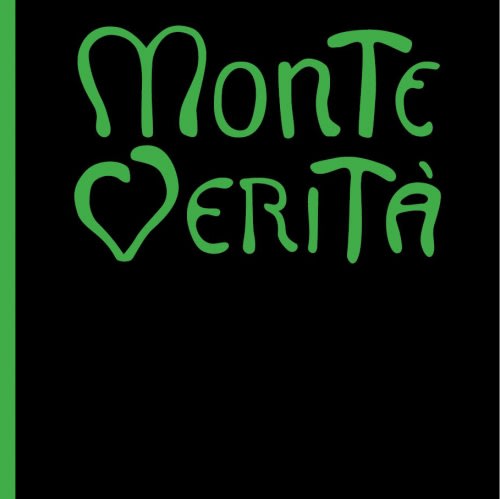Max Beckmann German, 1884-1950
Max Beckmann was a German painter, draftsman, printmaker, sculptor and writer.
Although he is classified as an Expressionist artist, he rejected both the term and the movement. He was associated with the New Objectivity (Neue Sachlichkeit), a post-expressionism movement that rejected the self-involvement and romanticism of the expressionists and reflected the ideas of the Weimar Republic for practical engagement and collaboration to public life.
Max Beckmann dreamed up a world of actors, cabaret singers, heroes, and thugs, whose dramas unfold on city streets, at masquerades and carnivals, and in candlelit chambers. At a time when many of his German contemporaries were experimenting with abstraction, Beckmann resolutely pursued the possibilities of figuration and narrative, peppering his paintings with fragments of myths, bible stories, and opaque allegories—often interspersed with scenes and figures from his life. While during the Weimar Republic, he captured the doomed with acidic cynicism, creating jam-packed, riotously colored canvases populated by a cast of characters enacting the chaos of postwar urban life. He also focused on etching and lithography in these years, producing several black-and-white print portfolios, which features scenes of a devastated Berlin. The city’s inhabitants torture one another, clamp their eyelids shut, and dance frantically.
He began to study art at the Grossherzogliche Kunstschule, Weimar, in 1900 and made his first visit to Paris in 1903–04. In the fall of 1904 he settled in Berlin.
In 1912 the artist’s first solo shows took place at the Kunstverein, Magdeburg, and the Grossherzogliches Museum für Kunst und Kunstgewerbe in Weimar. He volunteered for the German army medical corps in 1914, but was discharged for reasons of health the following year and settled in Frankfurt. In 1925 Beckmann’s work was included in the Neue Sachlichkeit (New Objectivity) exhibition at the Städtisches Kunsthalle of Mannheim, and he was appointed professor at the Städelsches Kunstinstitut in Frankfurt. His first exhibition in the United States took place at J. B. Neumann’s New Art Circle in New York in 1926. A large retrospective of his work was held at the Städtisches Kunsthalle of Mannheim in 1928.
From 1929 to 1932 Beckmann continued to teach in Frankfurt but spent time in Paris during the winters and started to use triptych formats.
When the Nazis came to power in 1933, Beckmann lost his teaching position and moved to Berlin. In 1937 his work was included in Entartete Kunst, the Nazi exhibition of so-called “degenerate art.” The day after the show opened in July in Munich, the artist left Germany for Amsterdam, where he remained until 1947. In 1938 he had the first of numerous exhibitions at Curt Valentin’s Buchholz Gallery in New York.
Beckmann traveled to Paris and the south of France in 1947 and later that year went to the United States to teach at the School of Fine Arts at the Washington University in Saint Louis. The first Beckmann retrospective in the United States took place in 1948 at the City Art Museum of Saint Louis. The artist also taught at the University of Colorado in Boulder during the summer of 1949 and, the following fall, at the Brooklyn Museum Art School. That year the artist was awarded first prize in the exhibition Painting in the United States, 1949 at the Carnegie Institute in Pittsburgh.
He died on December 27th 1950 in New York.



